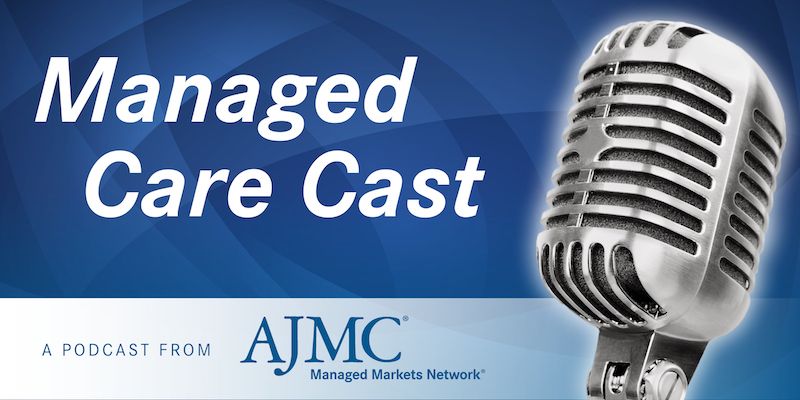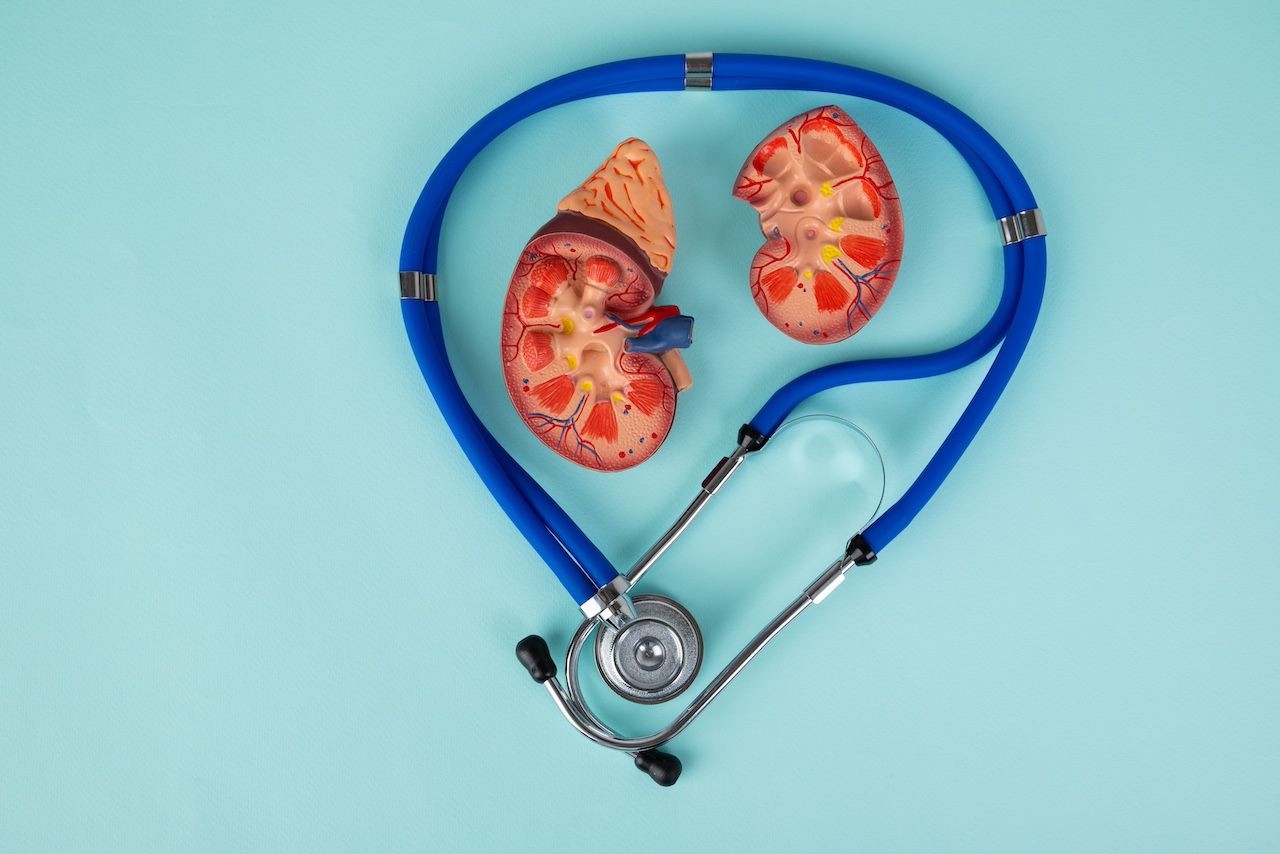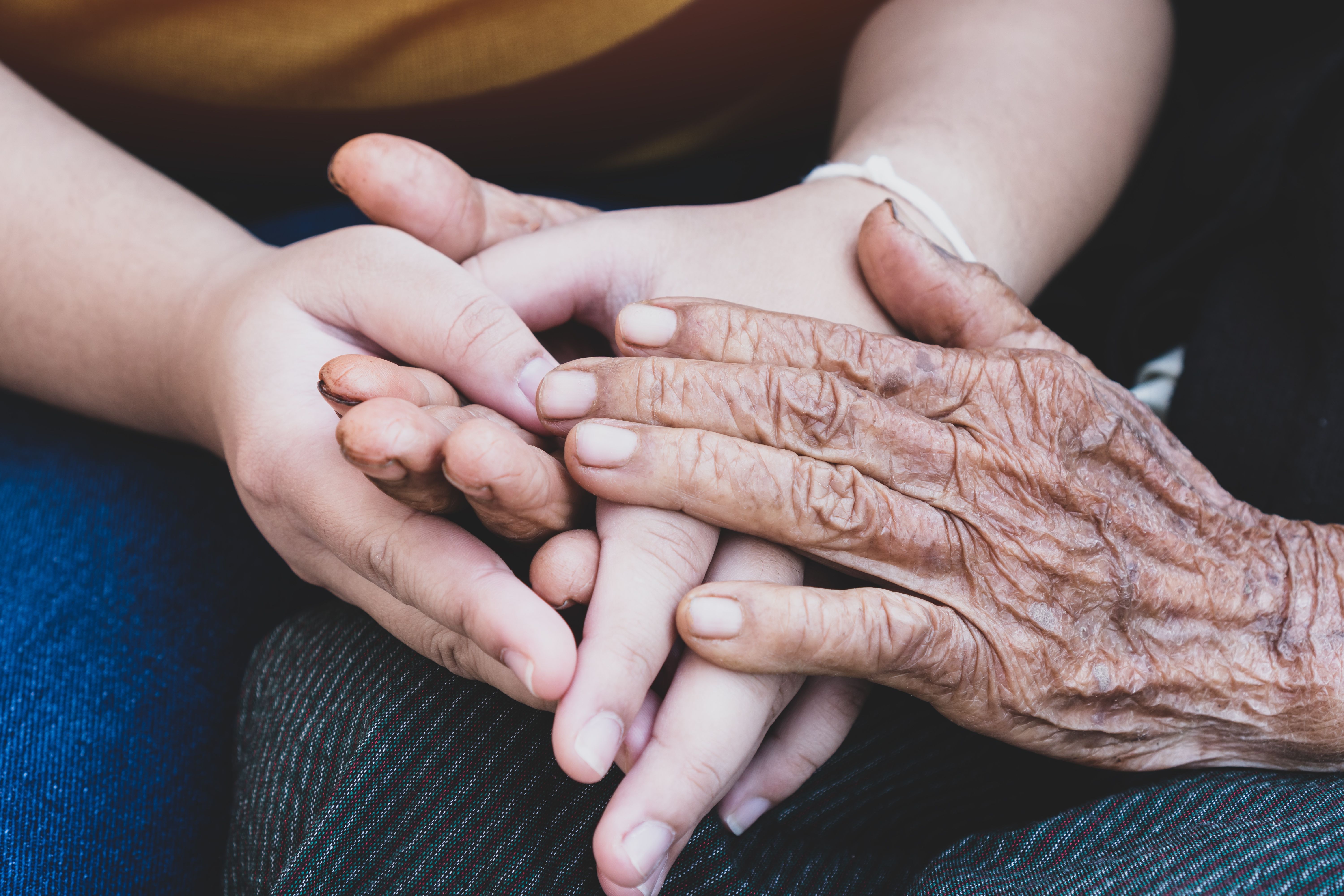Article
Study Summary: STRIVE Subgroup Analysis - Efficacy and Safety of Erenumab in Patients With Prior Preventive Treatment Failure
Background
Certain medications commonly used to prevent migraine (eg, amitriptyline, propranolol, and topiramate) were developed to treat conditions other than migraine; patients may experience lack of efficacy or poor tolerability with these medications. Treatments designed specifically to target migraine may be more effective and better tolerated.1
Erenumab is a fully human monoclonal antibody that selectively blocks the receptor for calcitonin gene-related peptide, a neuropeptide involved in the mechanism of migraine.1 The STRIVE (Study to Evaluate the Efficacy and Safety of Erenumab in Migraine Prevention) trial was a phase 3 trial of erenumab in patients with episodic migraine (defined as fewer than 15 migraine days per month).2 In the STRIVE trial, erenumab given subcutaneously at a dose of 70 or 140 mg once a month for 6 months reduced migraine frequency, the use of medication to treat acute migraine events, and migraine’s effects on daily living.2
The publication summarized here is a subgroup analysis of data from patients in the STRIVE trial who had previously experienced treatment failure with migraine preventive medications. These patients have a high unmet need for migraine preventives. However, no previous controlled trials have indicated whether another migraine preventive is likely to be effective in patients with a previous treatment failure. The aim of the subgroup analysis was to assess the efficacy, safety, and tolerability of erenumab in this subpopulation of patients.1
Methods
The STRIVE trial was a multicenter, randomized, placebo-controlled, double-blind, phase 3 trial that enrolled 955 patients at 121 sites.2 Patients with previous medication failures (ie, incomplete response, poor tolerability, or both) were included, but those with a history of no therapeutic response to 3 or more classes of migraine-preventive drugs were excluded.1 Patients were randomized to receive subcutaneous injections of 70 mg erenumab, 140 mg erenumab, or placebo once a month.2
Based on the number of migraine-preventive medication classes that had previously resulted in treatment failure, patients were categorized into 1 of 3 subgroups: 1) patients with no treatment failures (including those with no prior treatments, those who received prior treatment without failure, and those currently receiving treatment), 2) patients with previous treatment failures in 1 or more migraine preventive classes, or 3) patients with previous treatment failures in 2 or more migraine preventive classes.1
The primary end point was the change from baseline in migraine days per month. Secondary end points were the percentage of patients who achieved a reduction of 50% or more in monthly migraine days and the change from baseline in days of acute migraine-specific medication use per month. The investigators also assessed adverse events (AEs) and the percentage of patients who achieved a reduction of 75% or more in mean monthly migraine days. Results were calculated from data obtained during months 4 to 6 of the study.1
Results
Study Population
Of the 955 enrolled patients, 405 had previously used migraine preventives. Of these, 370 (91.4%) reported at least 1 treatment failure and 161 (39.8%) reported 2 or more treatment failures due to lack of efficacy and/or poor tolerability, or both. The subgroup of patients with no prior treatment failures included 540 patients who had not used migraine preventives and 45 patients who had either used a preventive without failure or were currently using a preventive.1
The majority of patients were female; the number of monthly migraine days at baseline was similar in all subgroups. Compared with patients with no previous preventive treatment failures, those who had experienced treatment failures were slightly older, had been having migraines for a longer time, and had more baseline days per month of using acute migraine-specific medication.1
Efficacy
Compared with placebo, both doses of erenumab in all subgroups resulted in greater decreases in mean migraine days per month, more patients achieving at least 50% and at least 75% reduction in mean monthly migraine days, and fewer monthly days of using acute migraine-specific medication (Table).1 Placebo responses were higher in patients with no prior treatment failures than in patients with prior treatment failures for the end points of mean monthly migraine days and reductions of at least 50% and at least 75% in mean monthly migraine days.1
Tolerability
AEs occurred in 51.7% to 59.9% of patients with no previous treatment failures, in 62.1% to 67.7% of patients with 1 or more treatment failures, and in 60.3% to 70.4% of patients with 2 or more treatment failures. The incidence of AEs was similar across all treatment groups and all patient subgroups. Between 0.0% and 6.9% of patients across all treatment groups discontinued the study because of AEs.1
Discussion
Both doses of erenumab were effective and safe in patients with previous treatment failures. The investigators noted that decreased placebo response rates among patients with previous treatment failures for the end points of mean monthly migraine days and percentage of patients who achieved reductions of at least 50% and at least 75% in mean monthly migraine days might have resulted from these patients’ lower expectations and could have contributed to a larger placebo-adjusted treatment effect in this patient subpopulation. The authors suggested that including sufficient numbers of patients with prior preventive treatment failures in future migraine trials might result in lower placebo response rates.1
The incidence of AEs was not increased in patients with previous preventive treatment failures. The overall AE rate was slightly higher in patients with previous treatment failures than in those with no previous treatment failures; however, the rates of grade 2 or higher AEs and serious AEs were similar across groups.1
Based on the results of this study, both doses of erenumab were more effective than placebo for preventing migraine in patients with episodic migraine who had experienced previous treatment failures. The data also suggest that patients with previous preventive medication failures have lower placebo responses. A limitation of this work is that these results might not be generalizable to real-world clinical settings.1
References
1. Goadsby PJ, Paemeleire K, Broessner G, et al. Efficacy and safety of erenumab (AMG334) in episodic migraine patients with prior preventive treatment failure: a subgroup analysis of a randomized, double-blind, placebo-controlled study. Cephalalgia. 2019;39(7):817-826. doi:10.1177/0333102419835459
2. Goadsby PJ, Reuter U, Hallström Y, et al. A controlled trial of erenumab for episodic migraine. N Engl J Med. 2017;377(22):2123-2132. doi:10.1056/NEJMoa1705848.
Newsletter
Stay ahead of policy, cost, and value—subscribe to AJMC for expert insights at the intersection of clinical care and health economics.

Update on Migraine Patient Care Challenges During the Pandemic

CGRP Inhibitors: A Promising New Class of Drugs for Migraine



